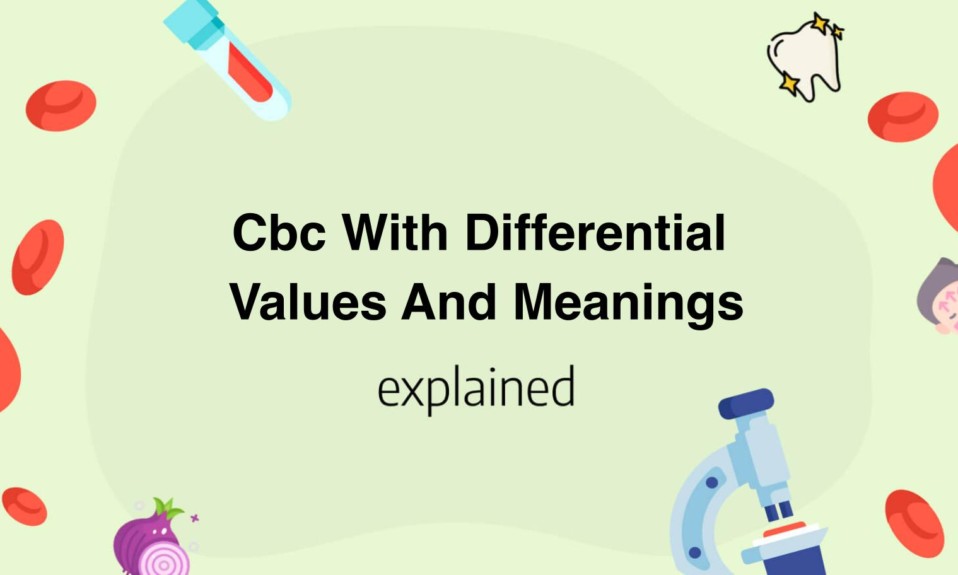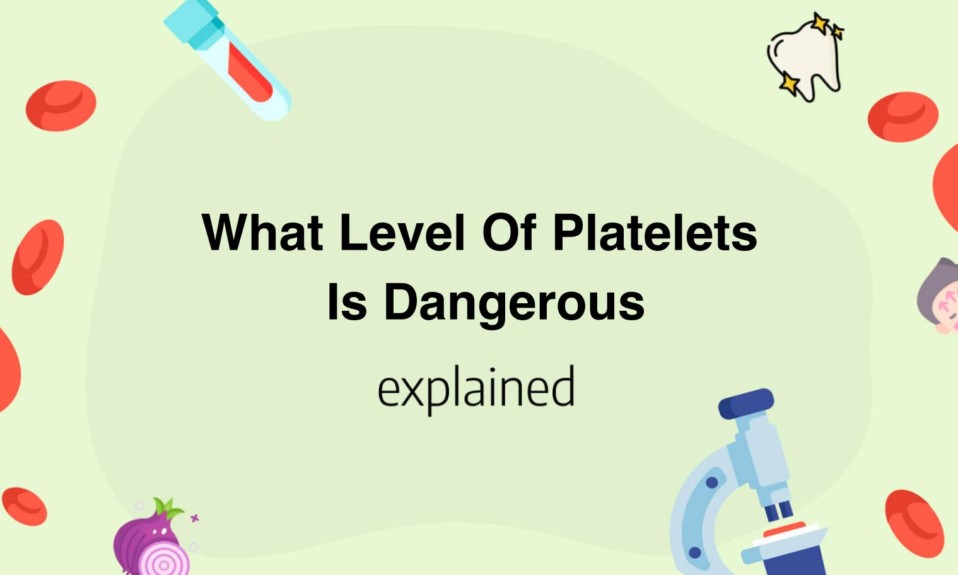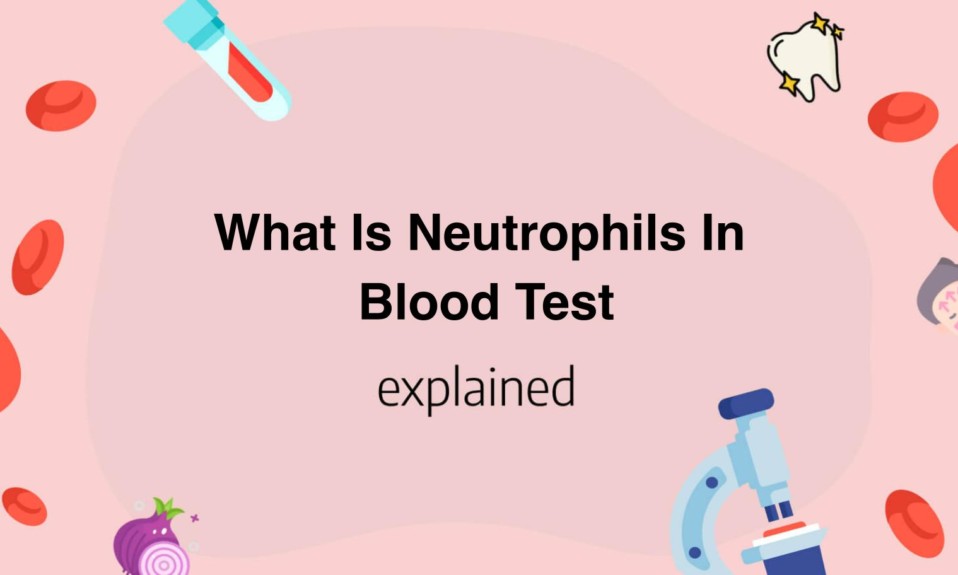White spots on the teeth are a source of complexes.
In a society that values the smile and whiteness, having stains, even white ones, is often an embarrassment.
How can unsightly white spots be removed?
Science has progressed and new techniques can now, in some cases, erase these stains from the teeth.
What are white spots on teeth?
Teeth are part of the hard organs of our body.
The tooth is composed of two parts: The root, which is attached to the jawbone and is covered by the gum, and the crown, which is the exposed part of the tooth.
The tooth is composed mainly of mineral substances, namely calcium hydroxyapatite crystals.
The enamel covers the entire outer part of the tooth and gives it its pearly white color. This enamel can be altered and lose its luster when the tooth is damaged.
White spots on teeth also called Fluorosis is a pathology that affects the enamel of the tooth. It is manifested by the appearance of white or yellowish dull spots on the tooth.
There are several stages of fluorosis.
- Mild fluorosis corresponds to the appearance of small opaque white spots on the teeth.
- In the case of moderate fluorosis, the entire tooth is covered by the whitish or brownish stain.
- Finally, in the case of severe fluorosis, the teeth are yellowed or browned, they show fine striations along the tooth.
What causes white spots on teeth?
White spots on teeth or Fluorosis, as its name indicates, is the result of an excessive intake of fluorine during the development of the tooth, otherwise its mineralization.
Fluoride is a trace element that helps consolidate tooth enamel to make it more impervious to attacks by bacteria that cause cavities.
Since the 1970s, fluoride has been widely prescribed to children between the ages of 6 and 12 to strengthen their teeth.
Fluoride could be applied locally with toothpaste or orally with tablets concentrated in fluoride salt. Fluoride is naturally found in water, fish, spinach and salt.
However, an excess of fluorine in the body during growth alters the natural enamel, causing fluorosis and the appearance of white spots on theeth.
Poor brushing, which causes plaque to form, can also cause white spots on the bottom of the teeth.
Tooth whitening or lightening at the dentist can also cause white spots during the treatment. But they will gradually disappear.
Important: White spots on the teeth are in no way due to a lack of calcium. The same idea is widespread about nails. In both cases, calcium has nothing to do with it.
How to get rid of white spots on teeth?
In order to limit the effects of fluorosis on the teeth, it is recommended to consult a dentist in order to opt for an adapted treatment.
However, there are several ways to get rid of the white spots.
Try Bicarbonate
It is possible to polish your teeth with bicarbonate, as long as you limit its use to once a week at most.
This surface polish will help reflect the light better and thus give the temporary impression that your teeth are not stained.
But there are no permanent tips against white stains that you can do at home. Only a medical treatment at your dentist’s office can achieve this.
Dental treatments for white spots
Having your white spots treated at the dentist is no longer an exception. If your stains are not too deep, you can quickly regain flawless teeth.
Depending on the intensity of the stains, the dentist may decide to bleach the teeth. This will blend the stains into the overall coloring.
But whitening is not possible for children. Indeed, the enamel only reaches its maturation at the end of adolescence, around 16 or 18 years. The dentist cannot therefore opt for a bleaching procedure that would damage it.
If this is not possible or if the stains are too numerous, he may suggest veneers to restore your smile. This is a method that can nevertheless damage the enamel.
Moreover, the cheapest veneers, made of resin, only last from 2 to 5 years. Ceramic veneers, on the other hand, are much stronger and can last up to 20 years, but are very expensive.
However, in the last few years, another method has appeared and can be used for children from 7 or 8 years old and for adults: resin injection.
This method allows the tooth to regain its full color. To do this, the dentist makes the surface of the teeth porous with a product, but superficially, invisible to the naked eye and without danger for the enamel.
The dentist then injects the resin to fill in the demineralized areas that cause the stains.
There is also another method, a composite that the dentist applies to the teeth and that allows masking the stains.
Unfortunately, these two methods are not very effective if the stains are very deep.
White spots on teeth after whitening
The application of approved whitening agents is harmless.
Tooth sensitivity after whitening is common, but it varies from person to person.
Desensitizing products are available to reduce tooth sensitivity.
Increase the interval between sessions for in-office whitening, or wear the whitening tray less frequently for at-home whitening.
In addition, gum irritation can occur when whitening teeth at the dentist or at home.
In addition, white, opaque stains may appear after teeth whitening due to less dense enamel. These stains usually disappear after the whitening process is stopped.
It is however not possible to predict how whitening will affect the color of your teeth in the long term because it is not permanent.








